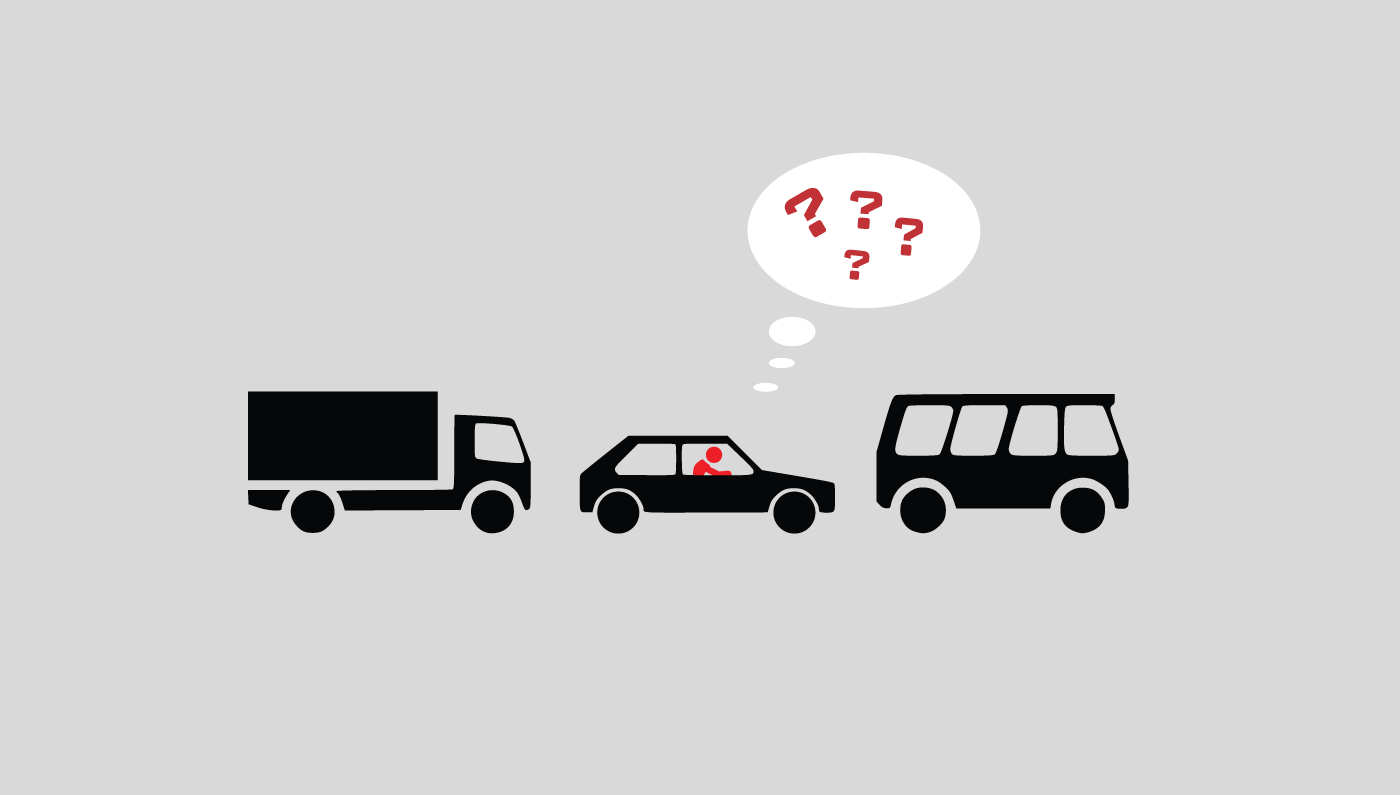At every job that I’ve had, the thing that drained me the most was the commute. Some were driving, others were public transportation. Public transportation was a little better because at least I could read and answer email, but only marginally.
The strange thing is that I probably travel for work more now than I did at any of those jobs, but my commutes impacted my level of inspiration and creativity far more than all my travel ever has. That must mean there is a key difference between traveling and commuting.
 Business travel still creates unique experiences, like this motion-activated color-changing tunnel in Detroit’s airport.
Business travel still creates unique experiences, like this motion-activated color-changing tunnel in Detroit’s airport.The core lies here: traveling (even for work) is constantly different, while commuting is always the same. Traveling, while still potentially irritating and tiring, is not numbing. Commuting alternates between numbing and irritating, but in order to survive you must ultimately move toward numbing. This key aspect is the death knell of creativity— the numbing sameness
At best a numbed creative will generate ideas in a fashion similar to what we see in the movie Groundhog Day; making relatively slight variations on a similar scenario, but never making a dramatic leap. In the first person the creative may feel like there are major differences— heck, Bill Murray learns to speak French and ends up with the girl of his dreams. But he’s still in Punxsutawney, Pennsylvania, it’s still Groundhog Day and he’s still wearing the same clothes he started in. To an outsider the similarities vastly outnumber the differences.
This is sort of what commuting does to us. Creativity, also known as associative thinking, is not really “inventing” new thoughts; it’s more about combining existing thoughts in unique ways. Associative thinking thrives on diversity. And when we only have the same pool of thoughts to draw from, how can we create something truly unique? This is especially dangerous in advertising since our main job is to break thought patterns with novel thinking.
 NYC’s overcrowded 6 train at 68th street during rush hour.
NYC’s overcrowded 6 train at 68th street during rush hour.Another problem with the commute is that everyone has to do it at the same time of day, which often makes it brutal. If you are frustrated by traffic or sardine-style subway cars, as most of us are, then you know the effect it has on your emotional state. It can take an hour or more before you fully recover and get into true “flow,” the only mental state where we can actually work productively.
So if you have an hour-long commute you’ve already lost two hours each day, plus at least one hour where you’re not productive.
Three hours a weekday doesn’t seem so bad… Until you realize that it adds up to 750 hours a year, or almost 4 full weeks of work. This doesn’t factor in the general sense of dissatisfaction that builds up gradually over time, or the personal expense required to fund your daily round trip. I could go on but I am sure you get my point.
 One of my favorite spots to work alone-in-a-crowd: the waterfall at Greenacre Park in Midtown Manhattan.
One of my favorite spots to work alone-in-a-crowd: the waterfall at Greenacre Park in Midtown Manhattan.Finally, I do want make sure clear about what I am NOT saying. I am certainly not saying we should all work from home in isolation. That is just as bad a scenario, if not worse.
What I AM saying is that diversity of work environment can promote diversity of thought, which can lead to a very high level of creativity. This is what we should strive for: finding the best work environment for the tasks at hand today, and bringing a fresh perspective to the table as a result. Some days you’ll need collaboration in business casual, other days you’ll need isolation in shorts and a t-shirt, and still others you’ll want to be alone-in-public at a park or coffee shop.
Fun fact: most of this was written while riding the subway.

